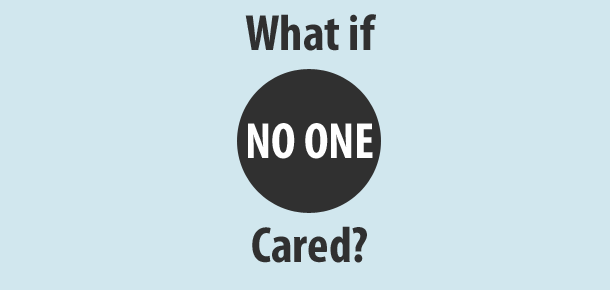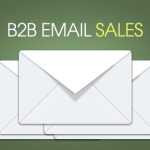Welcome to The Startup Foundry.
The Worst Case Scenario is that No One Cares About Your Startup
Paul Hontz
TSFPublished: Jun 20, 2011 3:24 pm

“Can a product be built?” is now an irrelevant question for the majority of startups. Services like AWS, EC2, and Rackspace, let you build scalable services that would have been impossible to build a few years ago (unless you raised millions of dollars). Now any decent programer can feasibly build a product that can scale to tens of thousands of users (or more) from their garage. The game has completely changed in a few short years. The playing field has been leveled.
The most pressing question a startup now must answer is “Should this be built?”.
It’s much easier to be concerned about the “good problems” (how is this going to scale to millions of users) than the real problem – “What if no one cares?”.
I learned this lesson the hard way:
Should I build this product?
Do you have any customers?
When I was in college, I worked in the Admissions Office to help pay my way though school. I learned the ins and the outs of the Admissions department. I studied our marketing materials and would often ask potential students what they thought of our advertising efforts. I did this for about a year. I believed I knew exactly where my schools strengths and weaknesses were in promotional materials.
Fast forward a few months to when I had my own company that was working on mobile applications. I decided it would be a great idea to leverage my experience working in an Admissions office to build an iPad app that solved all of their pain points. After all, I did believe I had a good grip on the industry.
I sunk a good month and a half into the project. I mapped out an elegant custom infrastructure that would scale effortlessly. I polished it up and I got a meeting with the head of an Admissions office.
That’s when the bombshell hit. With all of my customer infrastructure, the finished product was going to cost 5 times what a college was willing to pay. I had to completely retool, move to a generic infrastructure, and simplify some of features to make it financially viable for schools.
Lesson learned: Infrastructure doesn’t make you special. If it works and is reasonably responsive, it’s going to be fine for the vast majority of people. As a nerd, this broke my heart but as an entrepreneur, it was a joyful discovery.
Is it the right time for this product?
It’s possible that you can have a fantastic idea, but the market might not be ready for it. One thought exercise I use is this: “If I had the product finished right now, could I call around and get a paying customer today?” If you believe the answer is “yes”, call them immediately and those lines of communication for when you’re ready to launch.
The worst case scenario is that no one cares about what you’ve built, and you’ve saved yourself some serious time. Figure out if your startup should be built before you worry about infrastructure.
Technical scalability has essentially been solved for most startups. These problems have been solved well, and are cheap to use. Don’t waste a lot of time on re-inventing the wheel. Focus on your app and the things that set you apart, not the commodities.
For more startup news, follow us on Twitter @startupfoundry or on Facebook.
-
👉 Filed Under.
Categorised in: Strategy
Get Connected:
If you like startups, join our weekly mailing list. Good startup content, no fluff.
👇

Hi, I'm Paul Hontz.
I'm a YC alumn and I love startups. I created TSF to highlight companies I find interesting. You can learn more about me here.
Recent Posts:

The Story of Cruise (YC W14): How 4 people built a self driving car in 7 months.
Jul 8, 2014 2:35 pm

I Want To Write About Your Startup – Relaunching TSF
Jan 17, 2014 5:14 pm

How To Do B2B Email Sales
Nov 23, 2011 2:12 pm

Nasty Bug in iOS 5.0.1 OTA Update screws up Address Book on the iPhone 4S
Nov 10, 2011 11:56 pm

It’s Easier to Answer to Your Code Than Your Customers
Oct 28, 2011 2:25 pm


